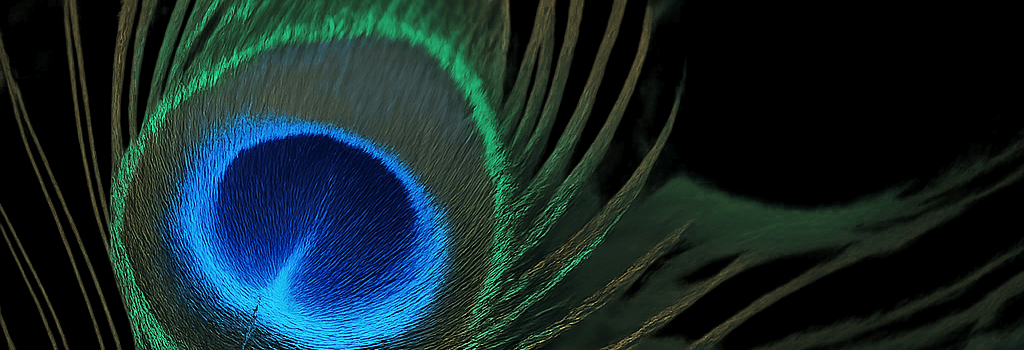Peacock Feathers as Biolasers: Emitting Dual-Frequency Light

Introduction
Recent research has revealed that the ornate eyespot regions of peacock feathers can act as natural biolasers, emitting coherent light at two distinct frequencies. This discovery bridges the gap between biological photonics and engineered laser systems, opening new frontiers in biomimetic technology.
Mechanism of Laser Emission
Unlike conventional lasers that rely on doped crystals or semiconductor gain media, peacock feathers leverage layered keratin and melanin nanostructures:
- Photonic crystals: Multilayered arrangements with ~200 nm periodicity produce constructive interference.
- Gain medium: Natural pigments in the feather barbs provide optical amplification when optically pumped.
- Resonant cavities: Concave curvature of the eyespot acts as a micro-resonator, supporting two lasing modes.
Experimental Observations
- Researchers directed a pulsed green laser (532 nm) at individual feathers.
- Emission spectra showed sharp peaks at ~610 nm (red) and ~740 nm (near-infrared).
- Beam profiles measured a divergence angle under 2° and coherence lengths exceeding 1 mm.
“These feathers act as sustainable, bio-integrated laser sources without any synthetic doping,” explains Dr. Ling Cao, a photonics expert at the National Academy of Sciences.
Technical Specifications
- Pulse energy: up to 50 nJ per shot
- Threshold pump intensity: ~10 MW/cm2
- Emit area: multiple spots of ~500 µm diameter
- Dual-mode stability: Δν < 0.1 nm over 103 pulses
Comparative Analysis with Synthetic Lasers
While organic dye lasers and semiconductor microlasers can match similar wavelengths, they require complex fabrication steps and toxic materials. Peacock feather biolasers offer:
- Biodegradability and eco-friendly assembly
- Self-assembled nanostructures eliminating lithography
- Scalable production via avian biology
Potential Applications
Integration of feather-based lasers could enable low-cost:
- Wearable photonic sensors for health diagnostics
- Secure optical communication modules
- Biocompatible light sources for medical imaging
Expert Insights & Future Directions
Dr. Maria Gonzales, a biomaterials engineer, comments:
“Harnessing natural photonic structures in living tissues paves the way for sustainable photonics. Our next steps include genetic modification of feather proteins to tailor emission wavelengths.”
Future research will explore electrical pumping schemes and hybrid integration with silicon photonics platforms.